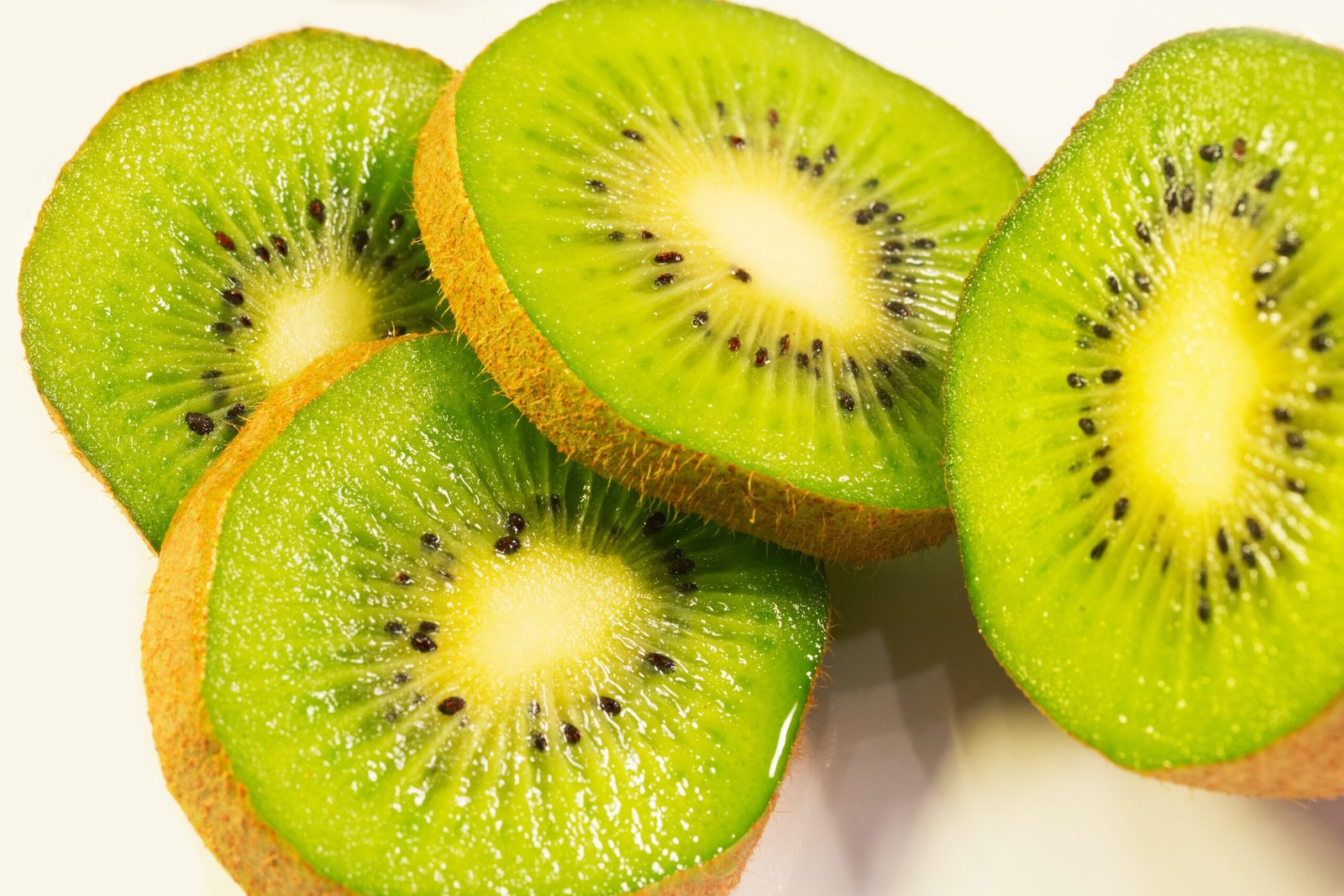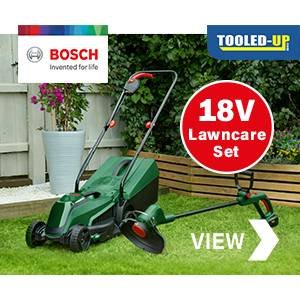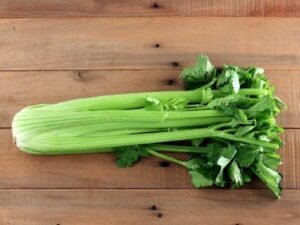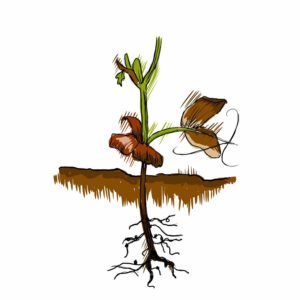Introduction
Welcome to the ultimate guide on how to grow your own delicious kiwi fruit right in the comfort of your own home in the UK. In this comprehensive step-by-step guide, we will cover everything you need to know to successfully cultivate this exotic fruit and enjoy the sweet rewards of your labour.
We also have a dedicated plant profile for the Actinidia Deliciosa (Kiwifruit)
Why Should I Grow Kiwi Fruit?
Growing kiwi fruit offers a multitude of benefits. Not only are they packed with essential nutrients, but they also make a stunning addition to your garden or patio. By growing your own kiwi fruit, you have the advantage of enjoying them at their peak of freshness, free from harmful pesticides.
Where is the Ideal Location to Grow Kiwi Fruit?
Kiwi fruit thrives in a sunny and sheltered location. Ideally, choose a spot that receives full sun for most of the day, protected from strong winds. If you have limited space, don’t worry! Kiwi fruit can also be grown successfully in pots or containers, making them suitable for gardens of all sizes.
Soil Type and Preparing the Soil
Kiwi fruit prefers well-draining soil that is rich in organic matter. Before planting, ensure the soil is loose and fertile. Incorporate compost or well-rotted manure to improve the soil’s structure and fertility. A slightly acidic to neutral pH level between 5.5 and 7.0 is ideal for optimal growth.
Watering Tips and Hints
Consistent watering is crucial for the successful growth of kiwi fruit. During the growing season, provide regular deep watering to keep the soil moist. However, be cautious not to overwater, as kiwi plants are susceptible to root rot. Mulching around the base of the plant can help retain moisture and suppress weed growth.
Sowing and Planting Kiwi Fruit
There are two main methods for growing kiwi fruit: from seeds or by planting out young plants. If you choose to grow from seeds, start by soaking them in water for 24 hours to aid germination. Sow the seeds in pots indoors during spring, and transplant the seedlings outdoors once they have developed a few leaves.
Alternatively, you can purchase young kiwi plants from a reputable nursery. Plant them in prepared soil during the spring or autumn, ensuring the roots are well-covered and the plant is positioned at the same depth as it was in the nursery container.
General Care for Kiwi Fruit
Regular care is essential to ensure the healthy growth of your kiwi fruit plants. Pruning is necessary to maintain the shape and promote fruit production. Remove any dead or damaged wood, and train the vines along a trellis or support system. Fertilise the plants annually in early spring with a balanced organic fertilizer to provide the necessary nutrients.
How to Harvest Kiwi Fruit
Harvesting kiwi fruit is an exciting moment for any gardener. The fruit is ready to be picked when it feels slightly soft to the touch and easily detaches from the vine. Gently twist the fruit off the stem, taking care not to damage the surrounding vines or other fruits.
How to Store Kiwi Fruit
Kiwi fruit can be stored at room temperature until fully ripe. Once ripe, store them in the refrigerator to extend their shelf life. Avoid placing them near other fruits, as kiwis release ethylene gas, which can cause premature ripening and spoilage.
Problems in Growing Kiwi Fruit
While growing kiwi fruit can be rewarding, there are a few common pests and diseases to be aware of. Aphids, scale insects, and vine weevils can be problematic, so regularly inspect your plants and take appropriate action if necessary. Kiwi plants can also be susceptible to diseases such as root rot and powdery mildew. Proper care, including good drainage and adequate spacing, can help prevent these issues.
Where to Buy Kiwi Fruit
You can purchase kiwi fruit plants from local nurseries, garden centers, or reputable online suppliers. Look for healthy plants with well-developed root systems and choose varieties that are suitable for your climate and growing conditions.
What are the Best Kiwi Fruit Varieties to Grow and Why?
There are several kiwi fruit varieties to choose from, each with its unique characteristics. Some popular varieties for UK gardens include ‘Jenny,’ ‘Hayward,’ and ‘Issai.’ Consider factors such as fruit size, flavor, and self-fertility when selecting the best variety for your garden.
What Tools Will I Need to Grow Kiwi Fruit?
To successfully grow kiwi fruit, you will need a few essential tools. These include a spade or garden fork for soil preparation, pruning shears for maintaining the vines, and a trellis or support system for training the plants. Additionally, having a watering can or hose for regular watering is essential.
Conclusion
Now that you have all the information needed to grow your own delicious kiwi fruit, it’s time to get started. By following these step-by-step instructions and providing the necessary care, you can enjoy the satisfaction of harvesting your own homegrown kiwis. So, roll up your sleeves, grab your gardening tools, and start your kiwi fruit growing adventure today!
Frequently Asked Questions
Q: Can I grow kiwi fruit in pots?
A: Yes, kiwi fruit can be successfully grown in pots or containers, making them suitable for gardens with limited space.
Q: How long does it take for kiwi fruit to bear fruit?
A: Kiwi fruit plants typically take 3-4 years to start producing fruit.
Q: Are kiwi fruit plants self-fertile?
A: Some kiwi fruit varieties are self-fertile, while others require both male and female plants for pollination and fruit production.
Keywords: Growing kiwi fruit, growing kiwi fruit in pots, growing kiwi fruit UK, conditions for growing kiwi fruit, how to grow kiwi fruit, how to plant kiwi fruit, how to harvest kiwi fruit, how to store kiwi fruit, problems with growing kiwi fruit, common pests and diseases, where to buy kiwi fruit, best kiwi fruit varieties, tools for growing kiwi fruit.




































